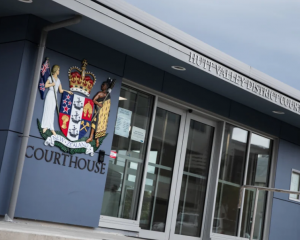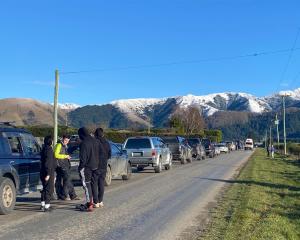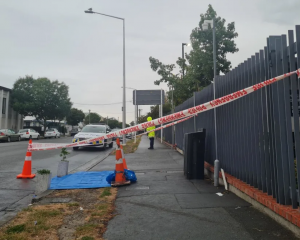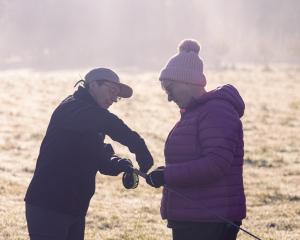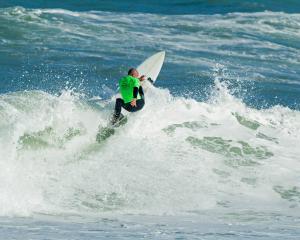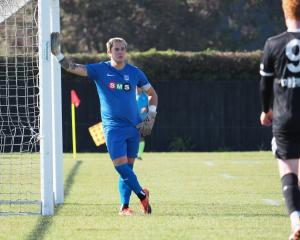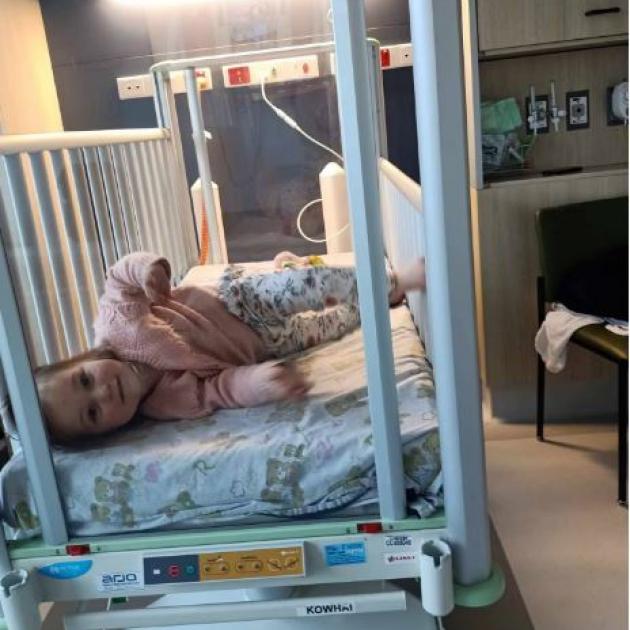
“Loud and red, let them go ahead. Silent and blue they need help from you,” is a little rhyme people share to help parents differentiate between their children choking or simply gagging. The idea is that if they are making noise, there is air moving through and they need to be allowed to work through it themselves.
So when my 2-year-old helped herself to some peanuts, tossed them back and began coughing, I didn’t immediately leap into action. So far, so good.
I wasn’t seeing the signs of choking. What I was seeing was my child coughing, crying loudly, and wheezing.
It’s abundantly clear I should have taken a first aid course. That being said, my first responder husband seemed as in the dark as I was about what to do when the coughing keeps on going. All the choking advice I’d consumed, targeted at parents of small children, seemed to omit any tips on what to do next.
A few moments passed, but when the wheezing continued, I looked at my husband. “Can you help her please?” He started slapping her back - the right reaction for choking, but as it turns out, the wrong reaction for what was actually happening.
What we didn’t know yet was that the peanuts had already made their way down her throat and lodged in the entrance to one of her lungs, though this wouldn’t be confirmed for us until later the following day.
I know now that back slaps should not be delivered in this situation, and can actually make it worse.
What followed was about 10 minutes of us flapping around, not really knowing what exactly to do. My child’s coughing would die down for a few minutes, then she would suddenly start again, bringing up alarmingly pink-tinged mucus, but little else.
My inbuilt self-doubt kicked in. I asked if we should call Healthline.
“Babe,” my husband replied, “this is a 111 situation.”
At the hospital, an X-ray did little to show whether there was anything in her lung, but the wheezing and sporadic tight coughing noises continued. Amidst the stress I found time to laugh when I realised her gurney was parked underneath a sign declaring the Emergency Department a “nut-free zone”.
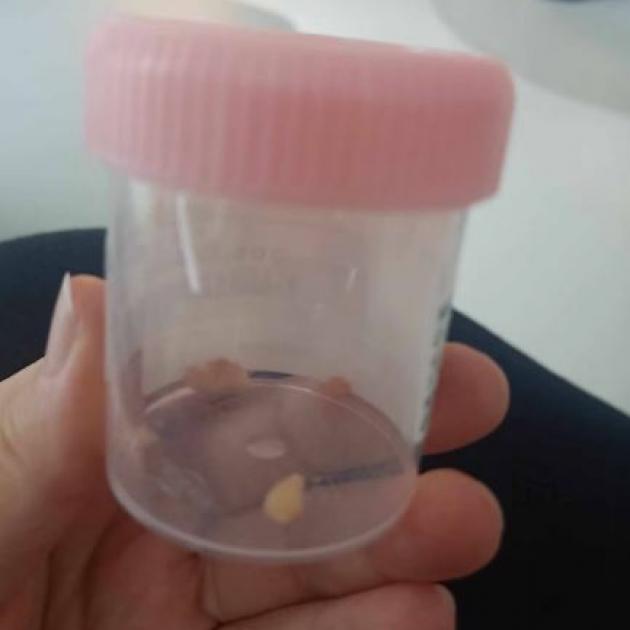
We were transferred up to the children’s ward in the morning, and presented with two options: stay another 24 hours or so and monitor her to see if anything changed, or book in for a bronchoscopy so the doctors could stick a camera into my child’s lung and see if there was anything in there.
“I know I’m jumping straight to the most invasive option, but can we please just do the bronchoscopy?” I asked.
Inhaling food, liquids and other foreign objects into the lungs can sometimes lead to aspiration pneumonia, and I wanted to know for certain whether anything was still in there.
By the time a spot was available, my daughter was in the middle of a rattly slumber in my arms. The doctor listened to her breathing and told me “I’m even more confident now that the bronchoscopy is the right decision.” The words went some way to easing some of the guilt I was feeling about putting her through a procedure that might not even be needed if it turned out her lungs were clear.
The staff allowed me into the operating room to keep my daughter calm as they put her under general anaesthetic, and then it was back to the ward to wait for news.
After some time, one of the doctors came to speak to me, explaining she was still in theatre because one of her lungs had briefly collapsed during the procedure and they needed to bring her oxygen levels up. They had found the chunks of peanut, which were already starting to disintegrate. Had we waited another day to do the procedure, it would likely have been harder to pull them out.
Another night of monitoring and we were free to go, with my husband swearing a lifetime ban on peanuts in our household. We are also stricter on making sure our daughter sits down while eating.
After the incident I kept seeing TikToks and Instagram reels from doctors and paramedics describing how to respond to a child choking. None of them focused on what to do when the child failed to cough up the offending item.
Bronchoscopies on children to remove foreign material are not common.
Figures from Te Whatu Ora show in the 2020/21 year, which is the most recent available data, there were 89 incidents which hospitals coded as “inhalation and ingestion of food causing obstruction of respiratory tract” for children aged 0-14.
There were 38 procedures performed which were coded “endoscopic removal of foreign body from bronchus” for children, most aged under 5.
Qualified paramedic and St John Ambulance’s first and emergency care programme lead for training Lilah Barnett said when children inhale food into their lung, it is called aspiration.
“The signs and symptoms for this differ depending on the size of the object and where it has settled in the lungs. We treat this the same as a partial airway obstruction,” she said.
“Symptoms and signs of a partial airway obstruction can include laboured, gasping or noisy breathing, recurrent coughing, wheezing or stridor and extreme anxiety or agitation.”
Parents who thought their child had aspirated food or an object into their lung should call Healthline or their GP if their child was breathing without difficulty. But if the child is coughing or wheezing, this is considered a “partial occlusion”.
“The advice is to encourage the child to continue to cough to try expelling the object. If the obstruction is not relieved or dislodged, then call 111 for an ambulance,” she said.
“In this setting, we do not teach back blows for a partial obstruction, the best treatment is to encourage them to cough to try to expel the object. The theory is that performing back blows could cause a partial obstruction to become a full obstruction, so it is not encouraged.”
Paediatrician Greg Williams, Starship Hospital’s community and medical director, said while back blows were not recommended in cases such as my daughter’s, parents who did them should not feel bad about it.
“In the heat of the moment it’s pretty stressful and what you’ve got is your child looking like they might stop breathing any moment, so look, I get it,” he said.
When children start coughing and spluttering, that was “all part of the protective mechanisms we’re born with”.
“What happens next depends on how far down it gets.”
It was natural for parents to become concerned as the coughing continued, but the safest thing to do at that point, if air was still moving through, was to call 111.
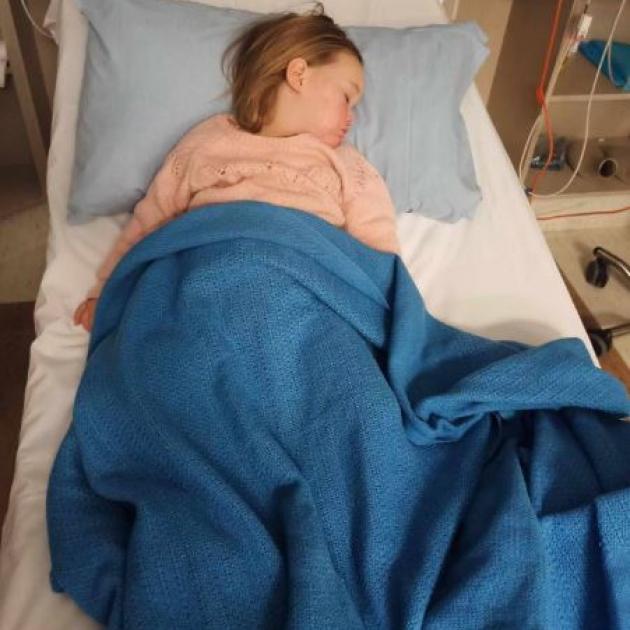
Not all incidences of aspirating foreign bodies into the lungs would result in a need for a bronchoscopy, as the body was good at absorbing some things. For example, a newborn that aspirated some breastmilk could generally absorb that into their bodies, he said.
But something large and firm like a peanut or a piece of plastic likely would not be absorbed, and would potentially cause a persistent cough and in some cases, aspiration pneumonia - though that could take days or weeks to develop.
Foreign bodies left in the lungs could cause damage to the lining of the tubes within, but if dealt with in a timely manner, they should not cause long-term damage.
Removing a foreign body from a small child’s lungs was “pretty fiddly work”. “It’s sort of like doing needlepoint at a distance,” Williams said, adding that the surgeons who do these procedures are highly trained and have all the specialist equipment they need.
Ultimately, Williams encouraged parents who could see their child coughing on an inhaled object to instruct the child to keep coughing, and resist the urge to physically intervene, but call 111 if the child could not bring the item up themselves.
He said it was also wise to keep in mind what the next steps were, should the child’s airway become fully obstructed, or should they pass out.
As for my daughter, she’s happy, healthy, and her lungs are peanut-free.
What to do if your child is choking
If the child is conscious (awake and alert) and has an effective cough, and is able to breathe (partial occlusion):
- Encourage them to cough and expel the object.
- Immediate intervention is not required.
- If the obstruction is not relieved call for an ambulance.
- Be prepared to intervene if they become unresponsive, are unable to cough or breathe at all.
If the patient is conscious (awake and alert) and is unable to cough, not breathing at all (total occlusion):
- Call 111 for an ambulance.
- Perform up to five back blows.
- Perform up to five chest thrusts.
- Alternate between cycles of back blows and chest thrusts until the obstruction is cleared, or the patient becomes unconscious.
If the patient is unresponsive and has an effective cough, is breathing normally:
- Call 111 for an ambulance.
- Place the patient on their side.
- Be prepared to intervene if deterioration occurs.
If the patient is unresponsive and is not breathing normally:
- Attempt to remove the foreign body under direct vision with a finger sweep and move sequentially through the steps below if the obstruction is not cleared
- Call 111 for an ambulance.
- Attempt to remove the obstruction if you can see it.
- Perform five chest compressions and recheck the airway.
- Commence CPR 30:2 (30 compressions and two breaths) and attempt to provide breaths.
By Melissa Nightingale


